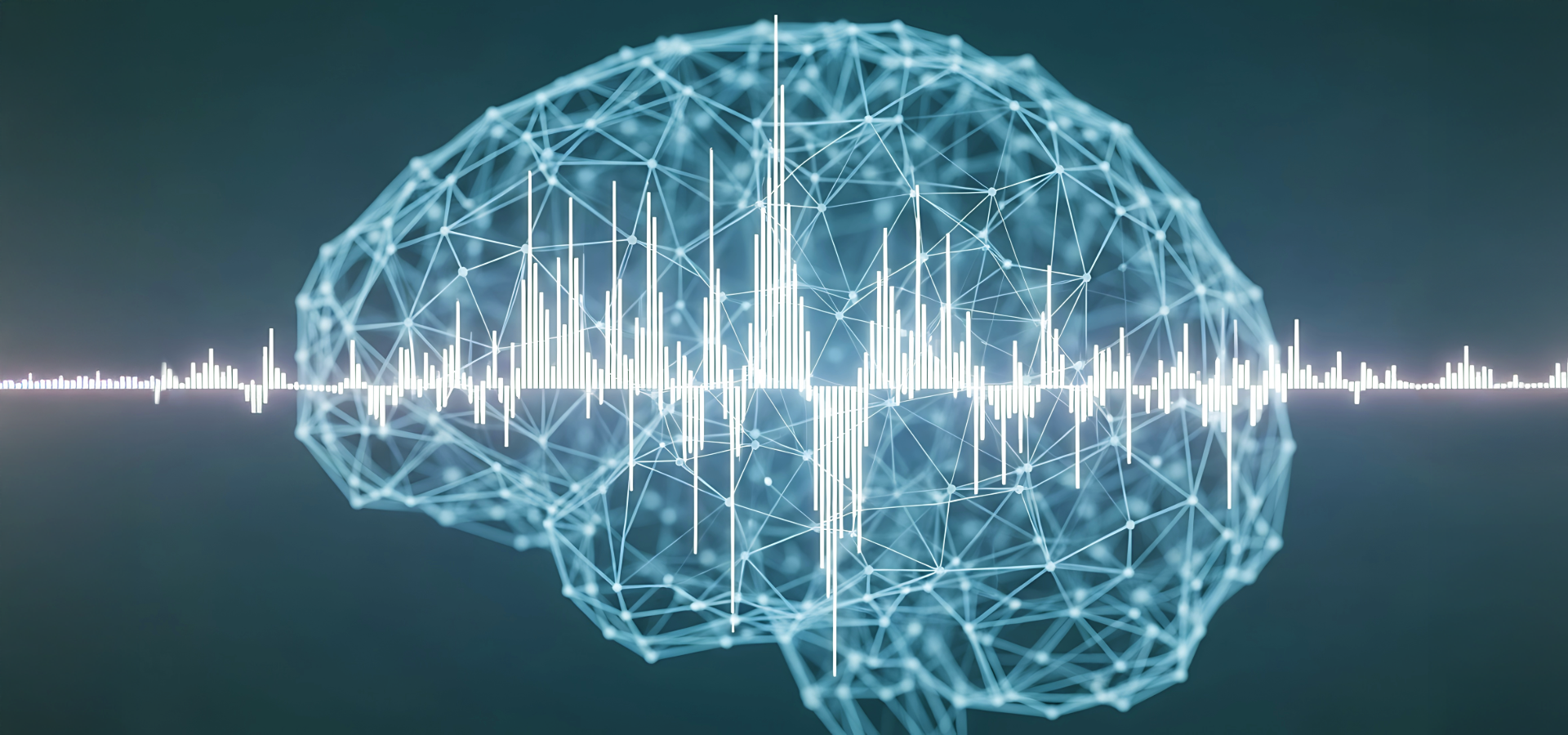Stretching, sleep and protein shakes are recovery staples. But, what if part of the answer to going faster, lasting longer and bouncing back quicker after exercise wasn’t just in your legs, or even your lungs, but in your nervous system?
Meet the vagus nerve, your body’s master switch between ‘fight or flight’ and ‘rest and digest’. After exercise, you want to get to the ‘rest’ state as quickly as possible. That’s when your muscles repair, inflammation drops and you adapt to training.
The Science Behind taVNS
Transcutaneous auricular vagus nerve stimulation (taVNS) uses small, targeted electrical pulses to activate vagus nerve branches in your ear.
Unlike surgical VNS used in epilepsy and depression, taVNS is non-invasive, low-risk and can be done in minutes
Why does it matter for sport?
-
The vagus nerve modulates parasympathetic activity (calming the body) and suppresses excess sympathetic drive (fight or flight)
-
Faster return to parasympathetic dominance post-exercise is associated with better recovery, less fatigue and improved long-term performance gains (Stanley et al, Eur J Appl Physiol, 2013)
-
taVNS is one of the few tools shown to directly shift this balance in a measurable way (Bretherton et al, Front Physiol, 2019)
What the Research Shows
-
Improved oxygen uptake and reduced inflammation
-
Ackland et al 2025 -> in trained adults, just one week of daily taVNS increased peak oxygen consumption (VO2 peak) and reduced IL-6 & CRP - two markers of exercise-induced inflammation
-
Importance? Higher VO2 max means your muscles can extract and use more oxygen, crucial for endurance sports
-
Lower muscle soreness and fatigue
-
Hatik et al 2013 -> cyclists receiving bilateral tavNS reported less delayed onset muscle soreness (DOMS) and fatigue over a 72 hour post-ride window
-
How? This was likely due to reduced inflammatory cytokine signalling and increased muscle perfusion (blood flow)
-
Faster breathing recovery
-
Güçlüer et al 2024 -> taVNS accelerated return to baseline respiratory rate post-exercise, indicating faster autonomic recovery
-
What does this mean? Quicker recovery between intervals and sessions
-
Sharper Cognitive performance
-
Lopez Blanco & Tyler 2025 -> athletes using taVNS showed improved decision-making speed and accuracy under fatigue
-
Application? cyclists could benefit from it in tactical racing situations or during technical descents
Our Director of Engineering Asks: Pre or Post Bike Ride?
Pete, our Director of engineering (and resident cycling addict) wanted to know:
‘Should I run a taVNS session before my ride to boost VO2 max or after to speed recovery?’
|
Timing |
What it targets |
When to use it |
|
Before cycling |
Increases vagal tone at baseline, may improve oxygen extraction and aerobic efficiency during exercise |
VO2 max intervals or time trials |
|
After cycling |
Speeds up return to parasympathetic dominance, lessens inflammation and DOMS |
Recovery between hard training days or stage races |
Simple Extras That Really Work
-
Pair taVNS with slow, controlled breathing
-
Respiratory sinus arrhythmia (RSA) training at ~6 breaths/min increases HRV and vagal tone (Laborde et al, Psychophysiology 2017)
➔ Doing this during taVNS may enhance its parasympathetic effects
-
Hydration and electrolytes still matter
-
Mild dehydration can reduce VO2 max by up to 5% (Cheuvront & Kenefick, Sports Med 2014)
➔ Combining taVNS with a good fluid/ electrolyte strategy is optimal
-
Sleep quality is the ultimate recovery tool
-
Sleep restriction impairs glycogen restoration, muscle repair and cognitive performance (Fullagar et al, Sports Med 2015)
➔ taVNS before bed may improve sleep onset and deep sleep duration (Vanneste et al, Front Psychiatry 2021)
-
Track HRV for feedback
-
HRV is a validated biomarker for autonomic recovery (Plews et al, Eur J Sport Sci 2013)
➔ Use HRV data to fine-tune taVNS timing
Where This is Going
While still emerging in sports, taVS is fast gaining traction because its:
-
non-invasive
-
low-risk
-
Quick to use
-
Backed by peer-reviewed research
As more athletes and coaches see the recovery and performance data, we may soon view tavNS devices, like SONA, as standard kit alongside the foam roller and GPS watch.
The Key Takeaway
For Pete and endurance athletes, the smartest approach might be a dual strategy, using taVNS before VO2 max-focused sessions to prime the system, and after intense bike rides to speed recovery.
Combine it with good sleep, hydration and breath training - and you’re ticking every box for performance gains.







Share:
Syncing the Senses: Amplifying SONA’s Power
Morning, Noon, or Night? Timing Your Vagus Nerve Stimulation for Maximum Impact